The Bee Hole Phenomenon in Burma Teak: A Unique Feature
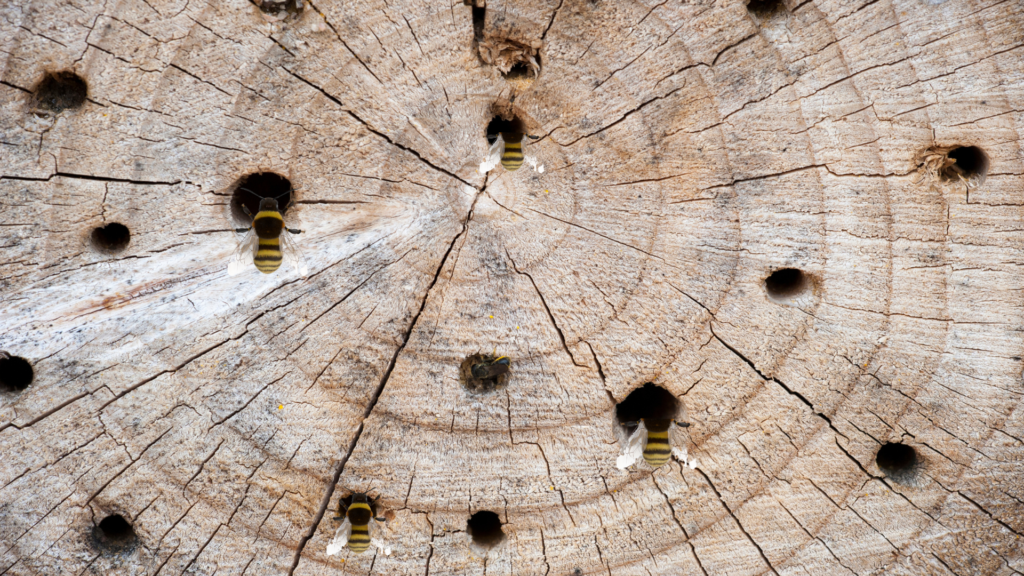
Burma teak, known for its exceptional quality and durability, has a unique characteristic called the “bee hole phenomenon.” This phenomenon is primarily caused by the beehole borer, a pest that significantly impacts the quality of teak timber. Let’s delve into what makes this phenomenon so unique and why it’s important for those working with teak wood.
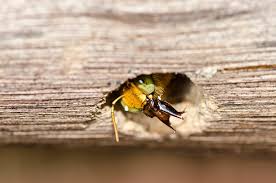
What is the Bee Hole Phenomenon?
The bee hole phenomenon refers to the long tunnels or “bee holes” created by the larvae of the bee hole borer (Xyleutes ceramica) inside the trunk of living teak trees. These tunnels can be several inches long and significantly affect the wood’s structural integrity and aesthetic value.
The Interesting fact about Bee Hole
When you see a log from its exterior which is impacted by a bee hole borer, in most of the cases you will not at all be able to assess the damage it has created inside the log. What you may end up seeing externally are a couple of entry points(holes of around 1 inch dia) of these bee holes. But, they would have travelled meters after meters inside the living tree at their free will and created long holes as a trail.
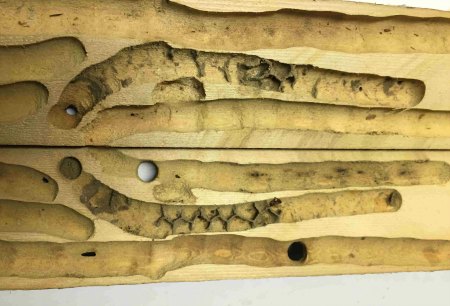
Impact on Teak Quality
The presence of bee holes in teak wood can greatly reduce its market value. The tunnels disrupt the uniformity of the wood grain, making it less appealing for high-quality furniture and other fine woodworking projects. Additionally, the damaged wood is more prone to cracking and splitting, which can compromise its durability.
Lifecycle of the Beehole Borer
The lifecycle of the beehole borer begins with the adult moth laying eggs on the bark of teak trees. Once the eggs hatch, the larvae bore into the wood, creating the characteristic bee holes. The larvae feed on the wood’s inner layers, causing extensive damage before they eventually pupate and emerge as adult moths to continue the cycle.
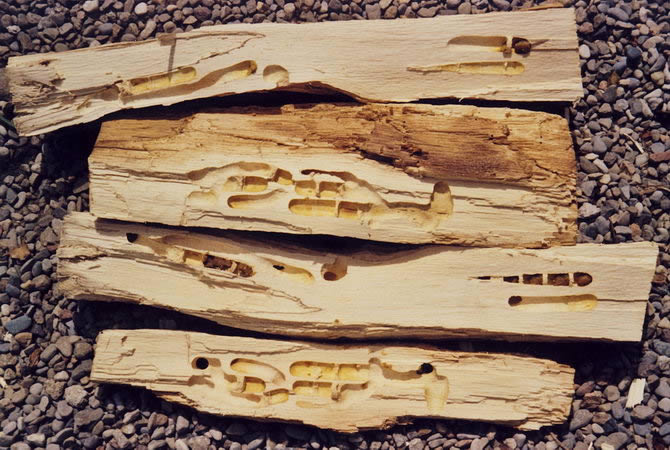
Conclusion
Although the bee hole phenomenon is not exclusive to Burma teak and can be found in other tropical forests and hardwoods, it presents a unique challenge when it comes to Burma teak. This is due to the fact that Burma teak is one of the most expensive timbers worldwide, and the presence of bee holes can significantly reduce the commercial value of the teak log.
Related Post
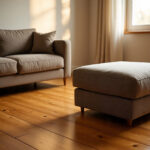 Wood Flooring Maintenance 101: Seasonal Care Guide for Indian Homes
Wood Flooring Maintenance 101: Seasonal Care Guide for Indian Homes 5 Common Mistakes People Make When Buying Wooden Doors (And How to Avoid Them)
5 Common Mistakes People Make When Buying Wooden Doors (And How to Avoid Them) Teak Wood Main Door Price in Bangalore: Complete 2025 Price Guide
Teak Wood Main Door Price in Bangalore: Complete 2025 Price Guide Best Wood for Furniture in India: The Complete Comparison Guide
Best Wood for Furniture in India: The Complete Comparison Guide Teak Wood Price in Bangalore – Latest Rates & Quality Options
Teak Wood Price in Bangalore – Latest Rates & Quality Options What is the Difference Between Sawnwood and Thermowood?
What is the Difference Between Sawnwood and Thermowood?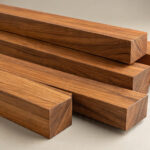 Best Wood For Furniture: 12 Expert Picks You Should Know
Best Wood For Furniture: 12 Expert Picks You Should Know What is the Difference Between Teak and Burma Teak Wood?
What is the Difference Between Teak and Burma Teak Wood? What is Air Drying in Timber?
What is Air Drying in Timber? Why Burma Teak is the King of Wooden Flooring Materials
Why Burma Teak is the King of Wooden Flooring Materials How to blend traditional woodwork with modern interiors
How to blend traditional woodwork with modern interiors Not All Timber Can Be Used for All Purposes
Not All Timber Can Be Used for All Purposes Environmental Impact of Wood’s Carbon Sequestration
Environmental Impact of Wood’s Carbon Sequestration


